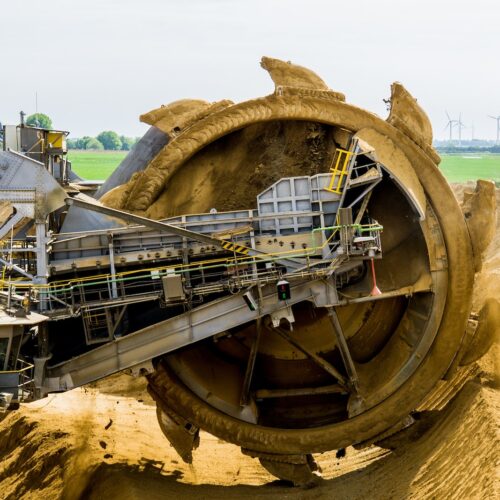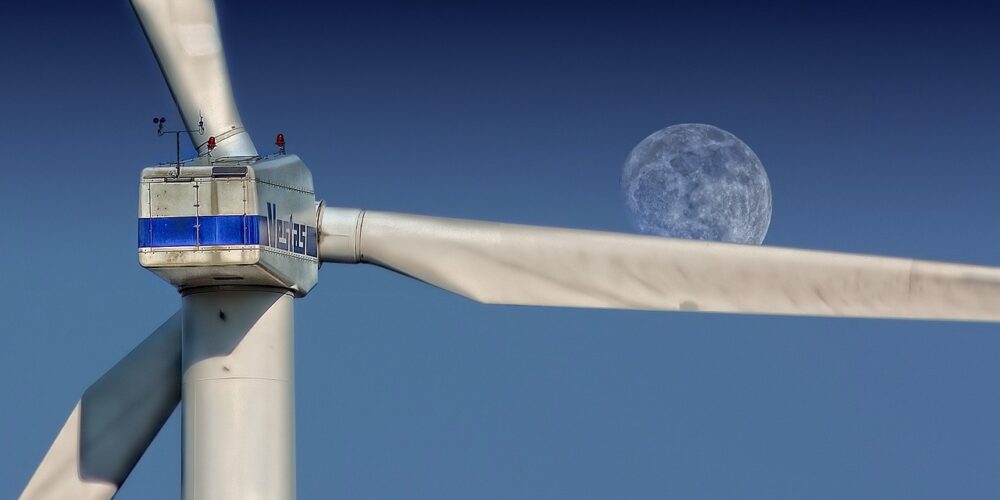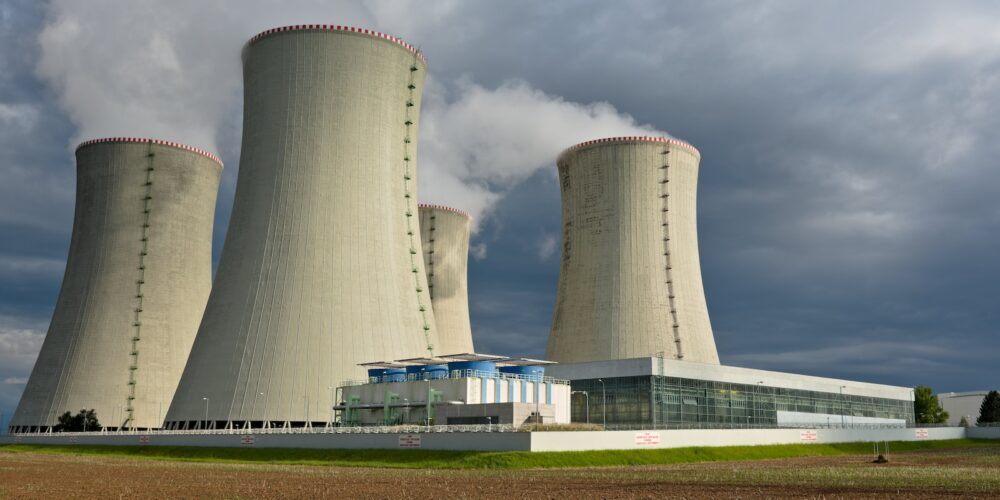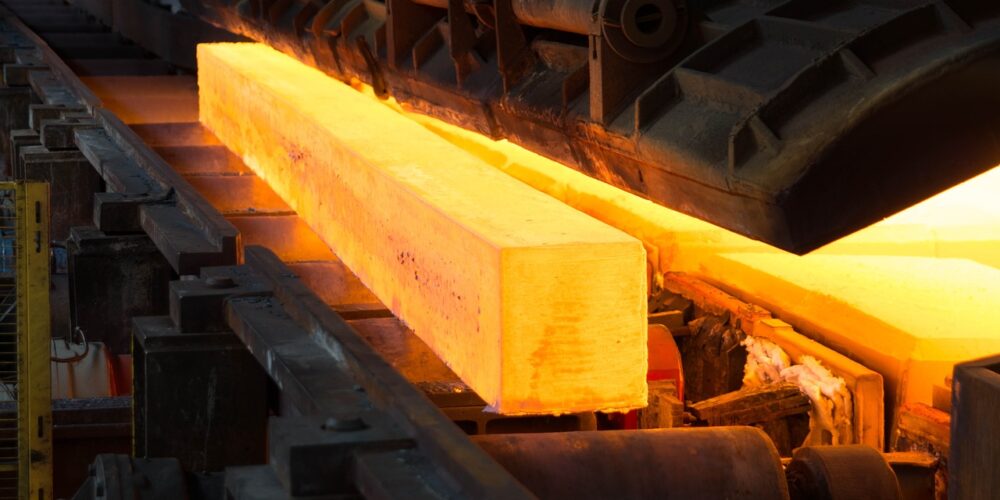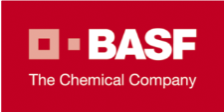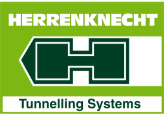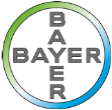If you have a motor that is already broken down or is non efficient, you will have to replace it. What goes into replacing a motor with a new one? Have a look and see the important items you need to think about.

Part 5
Replacing an Electric Motor
Watch the above animation in full, & Access other episodes now!
Signup for FREE to receive access >>>
Animated Video Tutorial Training Series - Part 5
Determining the Specifications of Electric Motors from the Name Plate
In order to choose the right electric motors, you should pay attention to the specifications on the old motor’s license plate and pay attention to the fact that the license plates have a lot of variety. These two standards are IEC 60034 and NEMA, which is the international IEC standard and the NEMA standard for North America and Canada. First, we will introduce the general specifications stated on the electric motor specification plate based on the IEC standard.
1. Manufacturer country
2. Three-phase or single-phase
3. Motor output rated power
4. Body size or frame size
5. Motor rated voltage
6. Frequency
7. Motor rated current
8. Service invoice
9. Full load rated cycle
10. Power factor
11. Working diet
12. Ambient temperature
13. Insulation class
14. Allowable heat increase
15. Protection class
16. Installation height
17. Motor weight
18. How to connect the star/triangle
19. Amount of back bearing grease
20. Amount of front bearing grease
21. Type of grease used
22. Lubrication intervals
23. Standard certification mark
1 Manufacturer’s country or company: usually the name of the country and the manufacturer of the engine is indicated, sometimes together with the code or model of the product , which is used to order and identify the type and specifications of the engine or a new order.
2 Single-phase or three-phase: the type of motor based on what type of power or supply system it works with, which is indicated by the number 1 and 3 or by the letters 1PH or 3PH
3 Rated output power of the engine: this power is actually usable mechanical power in the form of revolutions in revolutions and nominal torque, which is generally expressed in watts W or horsepower HP.
4 Body size or frame size: in fact, it determines the dimensions of the motor body. In the IEC standard, there are three types of frames, Short, which is indicated by the letter S. Medium, which is indicated by the letter M. Long, which is indicated by the letter L, on this basis, there are usually only two types of motors in a frame size, either short and medium S and M, or medium and long M and L. The frame size number is actually the height of the center of the motor shaft up to the level of the motor installation bases marked with the letter H.
5 Rated motor working voltage: It is a voltage that the motor can work at this voltage without any problems, usually the motors can withstand up to 10% less or more and start working without problems.
6 Frequency: the number of frequencies in Hertz that reaches the rated speed at the rated voltage with this frequency, generally the number of this frequency is 50 or 60 Hz.
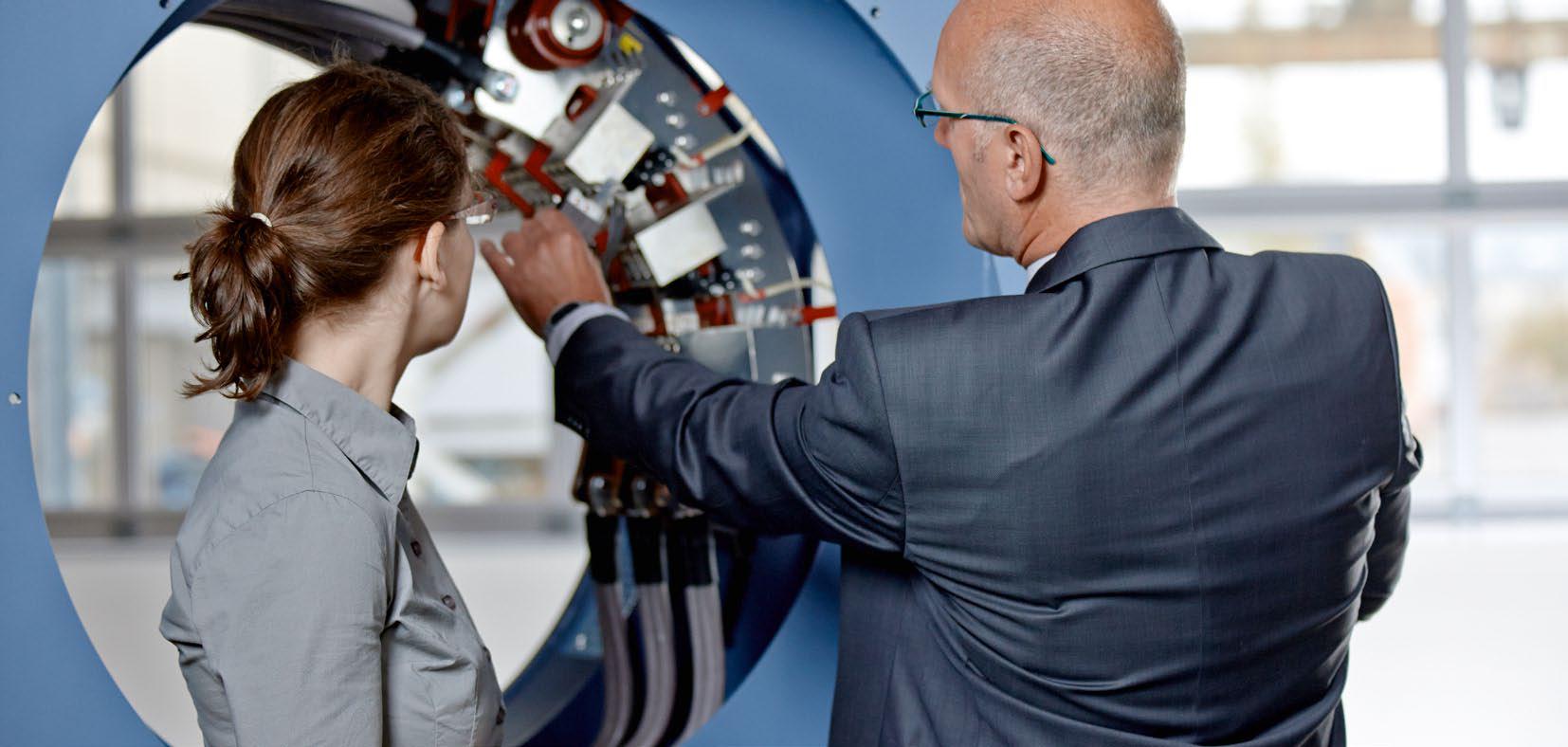
7 Rated current: This current determines the motor at full load and rated speed. The value of this current may be different in star and triangle connection mode, in which the current is specified for two connection modes.
8 Service Factor: It is usually a number greater than one and it means that this engine has the ability to work with additional load, for example, if the service factor of a motor is 1.25 and its power is 10 kW, this engine can also work with a power of 12.5 kW. work without problems.
9 Rated speed at full load: This speed is usually specified by revolutions per minute (rpm) and depends on the number of poles of the motor. Of course, this number is for the nominal frequency and if the frequency changes in any way, the engine speed will also change.
10 The power factor or CosФ: depends a lot on the structure and design of the motor, which actually shows the ratio between the apparent power and the active power of the motor. This ratio also determines the reactive power of the motor. The maximum value of this number is 1. Generally, it is a number less than one.
11 Working regime: based on the working regime standard, engines are classified into 10 working duties:
• S1: uniform continuous operation
• S2: short term function
• S3: Intermittent non-permanent function
• S4: Intermittent non-permanent operation with relatively long start-up at the beginning of each start.
• S5: intermittent non-permanent operation with relatively long start-up at the beginning of each start with the use of electric brake
• S6: continuous operation periodically
• S7: Periodic continuous operation with electric brake to stop
• S8: Continuous operation with load speed changes
• S9: non-periodic operation of the load with speed changes in the load
• S10: operation with a load that has different but constant values.
12 Ambient temperature: This is the maximum ambient temperature for which the electric motor is designed and built. If this characteristic is not mentioned in the specification plate, the motor is designed and built for an ambient temperature of 40 degrees Celsius.
13 Insulation class: This characteristic specifies the maximum temperature tolerance of the insulation used in the motor.
14 Temperature increase: This depends a lot on the insulation class and the temperature of the environment in which the motor is placed. The lower the ambient temperature, the higher the increase, and the higher the ambient temperature, the lower the increase

15 Degree of protection: This degree or category determines the degree of protection of the engine against the penetration of solid materials and dust and the degree of penetration of liquids, especially water. Accordingly, it is placed with two letters IP and a two-digit number after it, it specifies the level of protection against dust, solids and water. In such a way that the first digit from the left indicates the conditions of solids and dust penetration and the second digit indicates the conditions or the level of protection against water penetration.
16 Altitude: This characteristic determines the maximum altitude for which the motor is designed and built. If the height is not specified on the nameplate, the motor is designed and built for an altitude of up to 1000 meters above sea level.
17 Engine weight: This characteristic determines the weight of the motor for transportation as well as support or foundation construction.
18 How to connect or arrange and wrap the electric motor: This feature shows how to connect the motor to connect with the power source. This shape can be a star or triangle connection or optionally between a star and a triangle.
19 The amount of lubricant or grease for the rear engine bearing: This specification determines how much grease or lubricant should be used for greasing, because too much or too little grease will damage the motor
20 The amount of grease or lubricant of the front bearing of the electric motor: this determines how much grease or lubricant should be used for lubrication, because over- or under-greasing will damage the motor.
21 Type and type of grease used: The type of grease used is determined based on the type and speed as well as the dimensions and temperature of the motor.
22 Re-greasing hours: The time between re-greasing in the engine operating mode, which is determined in hours.
23 Standard certificate: specifies which standard the motor has and based on which reference it was produced and tested. These standards should be verifiable.

Let’s Connect. We’ll call you at your convenience.


